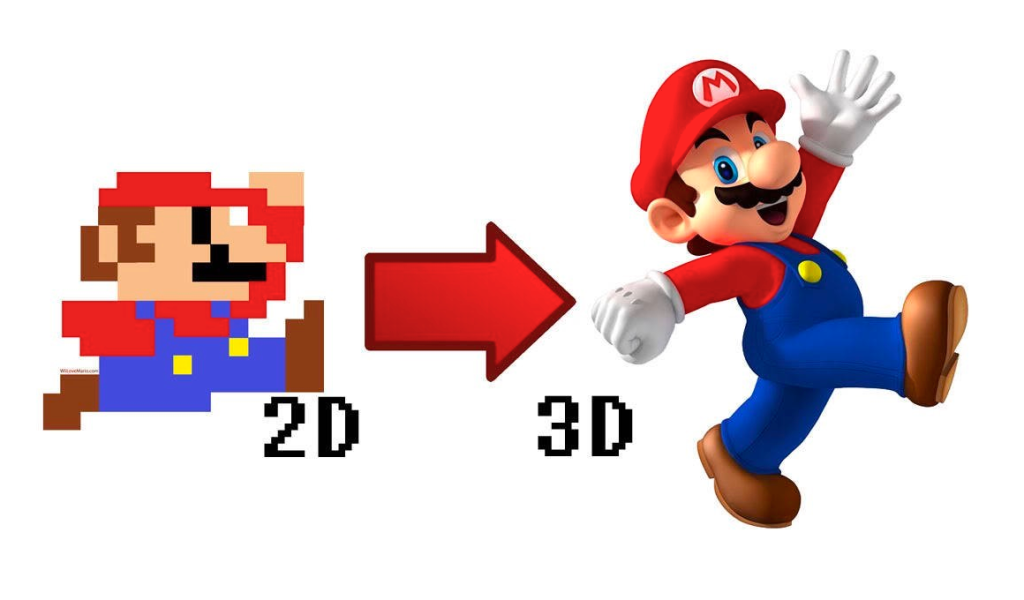The gaming world has come a long way since the days of simple pixelated graphics and basic gameplay. The evolution of gaming has been a fascinating journey, marked by technological advancements that have transformed how we experience and interact with virtual worlds. From the early days of arcade games to the immersive realms of virtual reality (VR), this blog will explore the remarkable journey of gaming evolution.
The Birth of Pixels:
In the late 20th century, gaming began its humble journey with pixelated graphics and simplistic gameplay. Arcade games like Pong and Space Invaders paved the way for the gaming industry's birth, capturing players' imaginations worldwide. As technology advanced, early home consoles like the Atari 2600 brought gaming into households, allowing players to experience the magic of pixels from the comfort of their living rooms.
The Rise of 2D and 3D Graphics:
The transition from 2D to 3D graphics marked a significant turning point in gaming history. Games like Super Mario 64 and Tomb Raider showcased the potential of three-dimensional environments, offering players a more immersive and visually appealing experience. This shift opened the door to a new era of game design, introducing complex narratives and expansive virtual worlds.

The Era of Consoles and PC Gaming:
The rivalry between gaming consoles and personal computers became a defining characteristic of the industry. Sony's PlayStation, Microsoft's Xbox, and Nintendo's innovations brought powerful gaming experiences, while PCs offered unparalleled customization and graphics. This era saw the emergence of iconic franchises like Halo, Final Fantasy, and The Legend of Zelda, captivating audiences with their compelling storytelling and cutting-edge visuals.

The Advent of Online Gaming:
The internet revolutionized gaming by connecting players globally. Online multiplayer games like World of Warcraft and Counter-Strike fostered a sense of community and competition, creating virtual spaces where players could interact in real-time. The rise of digital distribution platforms, such as Steam, allowed gamers to access a vast library of titles without leaving their homes.

The Mobile Gaming Revolution:
The advent of smartphones brought gaming to the fingertips of billions. Casual and mobile games like Angry Birds and Candy Crush became global phenomena, appealing to a broad audience. The accessibility and convenience of mobile gaming contributed to its widespread popularity, blurring the lines between traditional and mobile platforms.

Virtual Reality and Augmented Reality:
The latest frontier in gaming evolution is virtual reality (VR) and augmented reality (AR). VR headsets like the Oculus Rift and PlayStation VR transport players to immersive virtual worlds, offering a level of engagement never before experienced. Augmented reality games like Pokémon GO integrate the real world with digital elements, creating unique and interactive gaming experiences.

Conclusion:
The evolution of gaming, from the pixelated screens of arcade machines to the immersive worlds of virtual reality, is a testament to the relentless innovation within the industry. As technology continues to advance, the future of gaming holds even more exciting possibilities. Whether it's exploring vast open worlds, competing in global esports tournaments, or immersing ourselves in virtual reality, the gaming landscape continues to evolve, promising new adventures and experiences for players around the globe.









